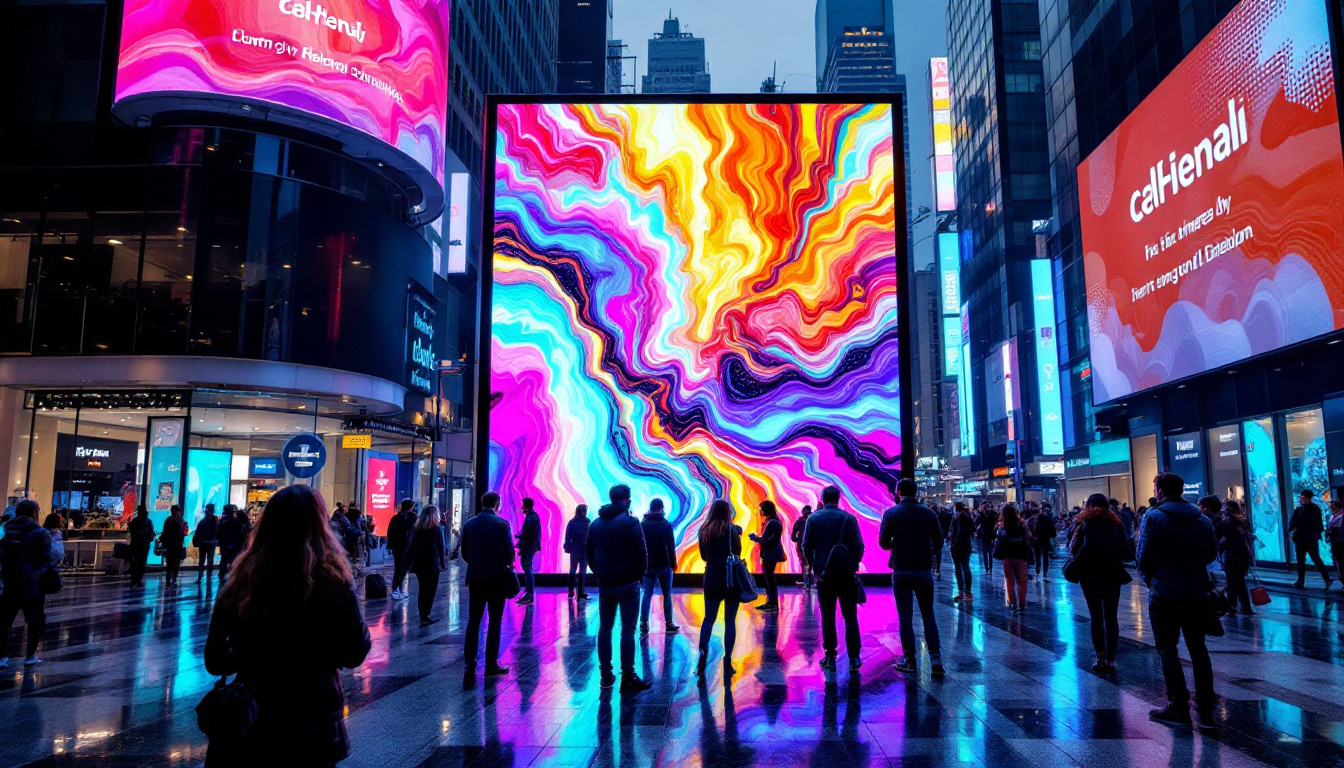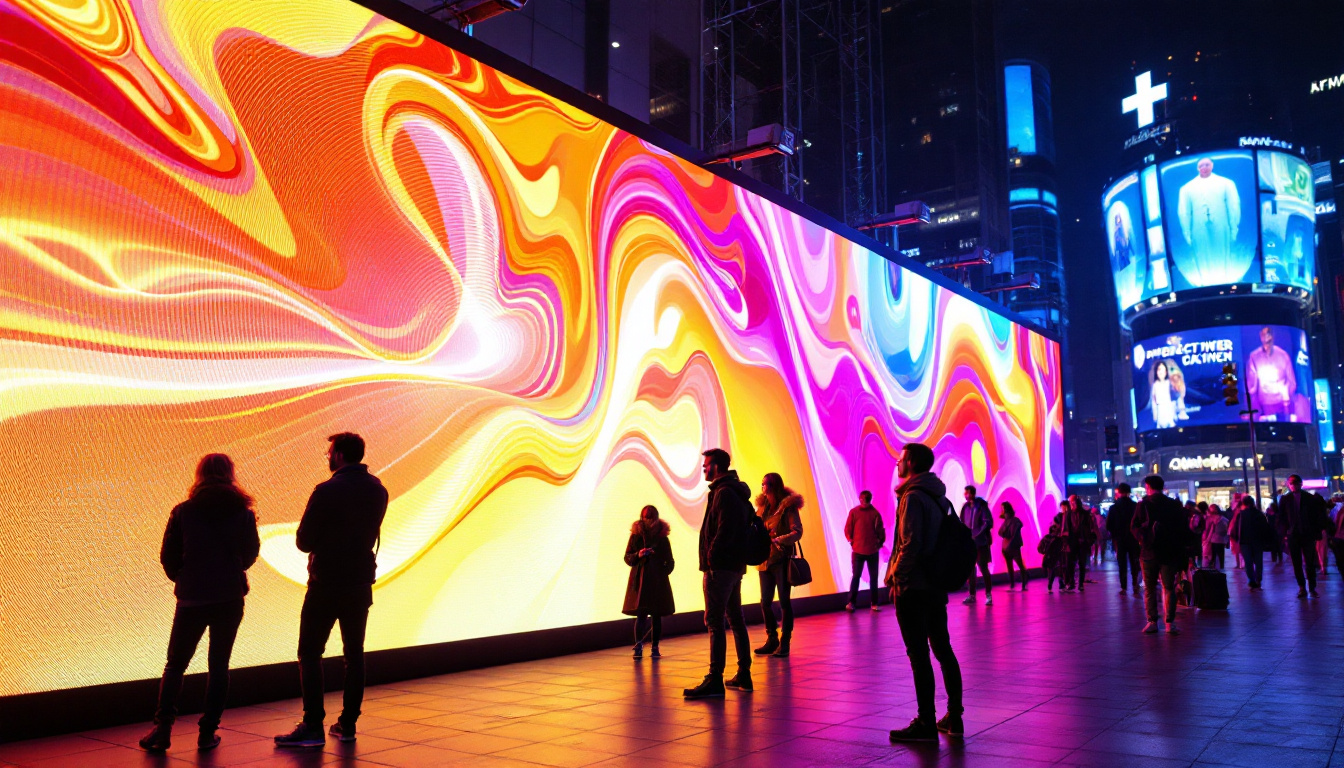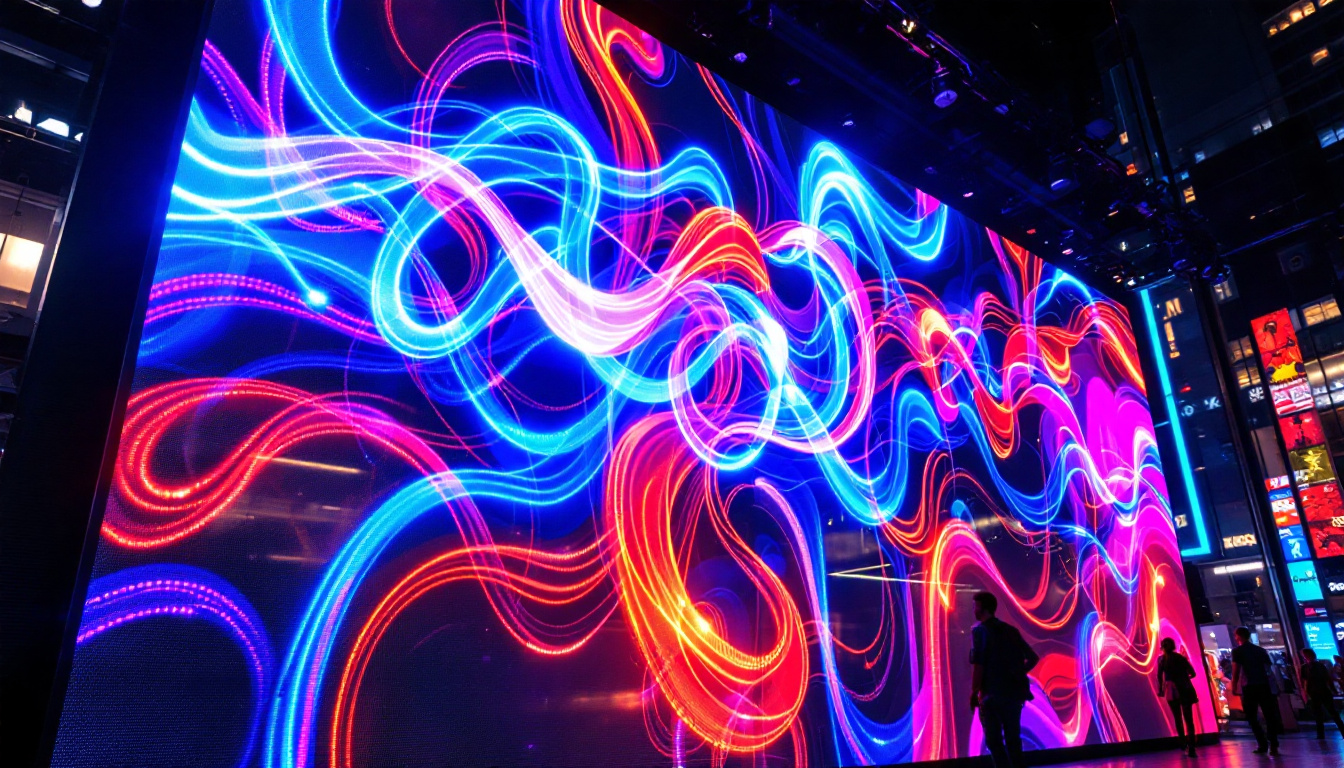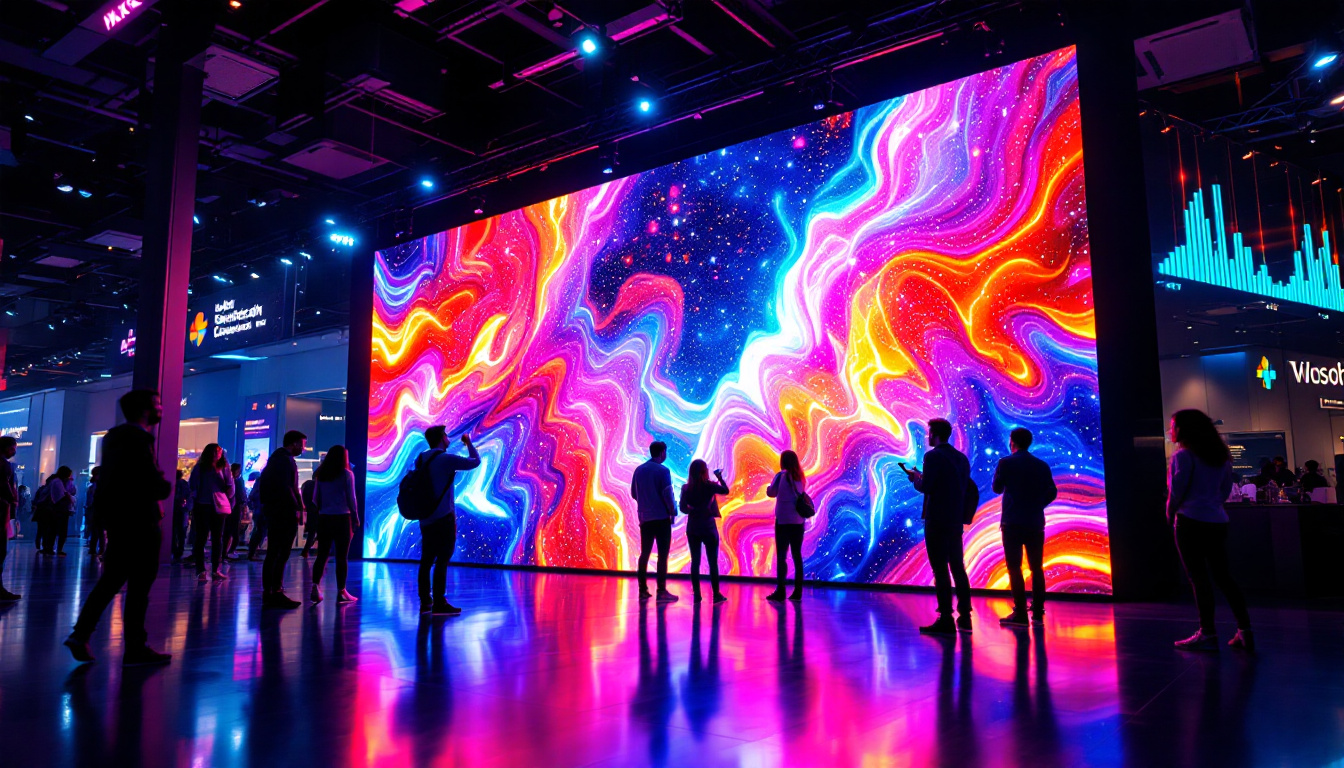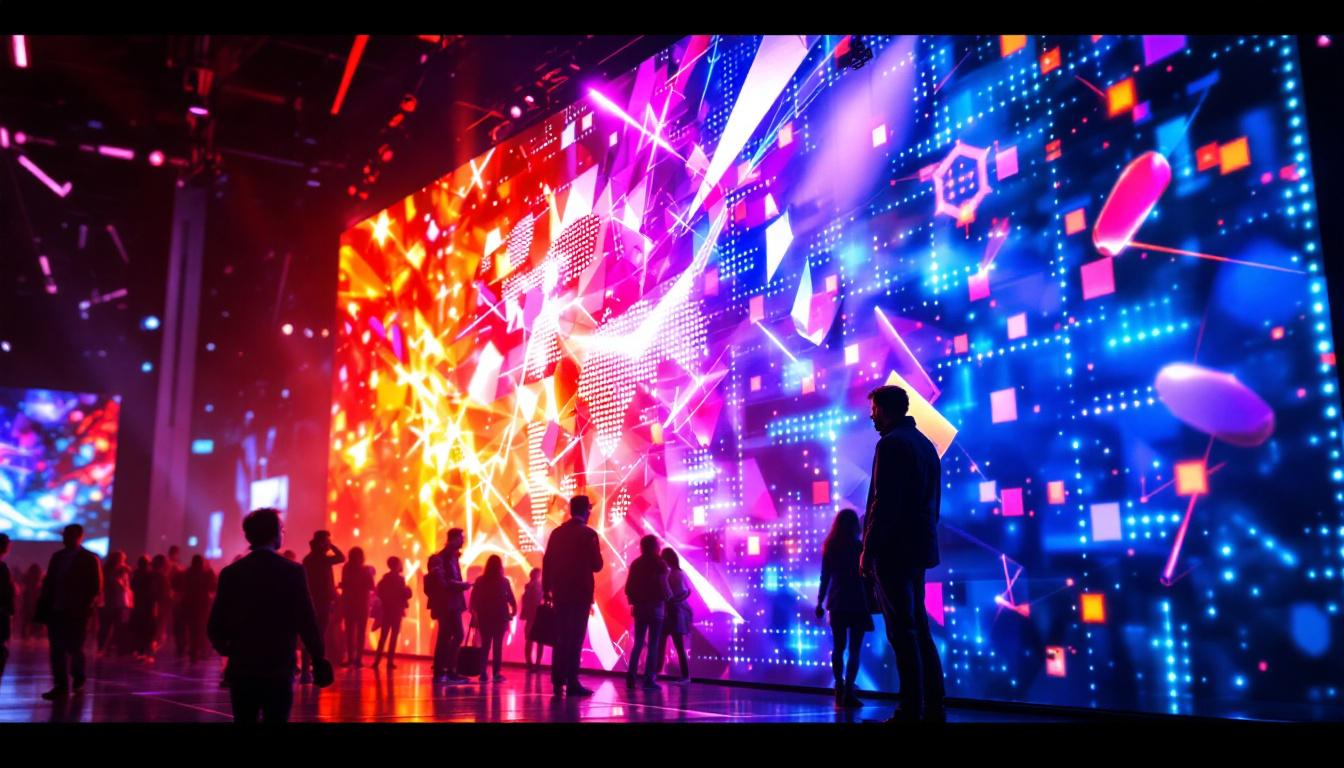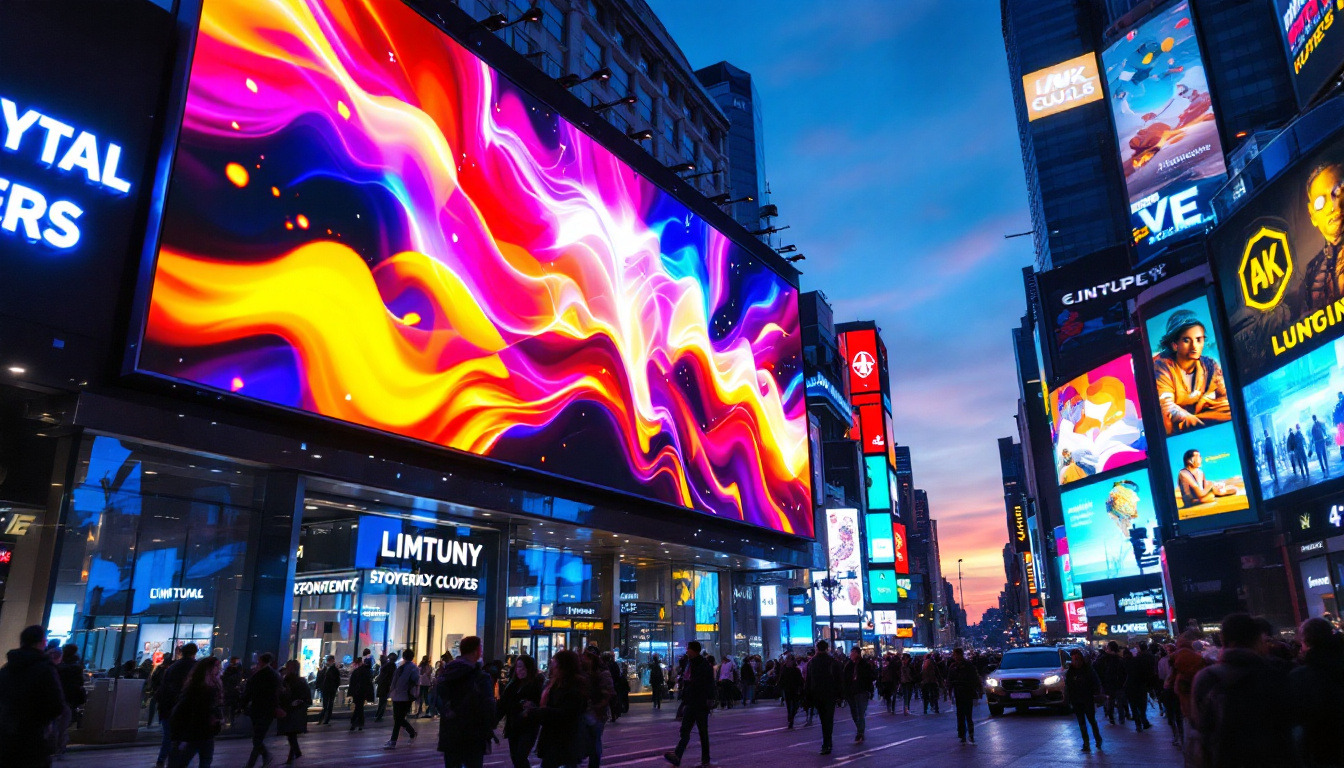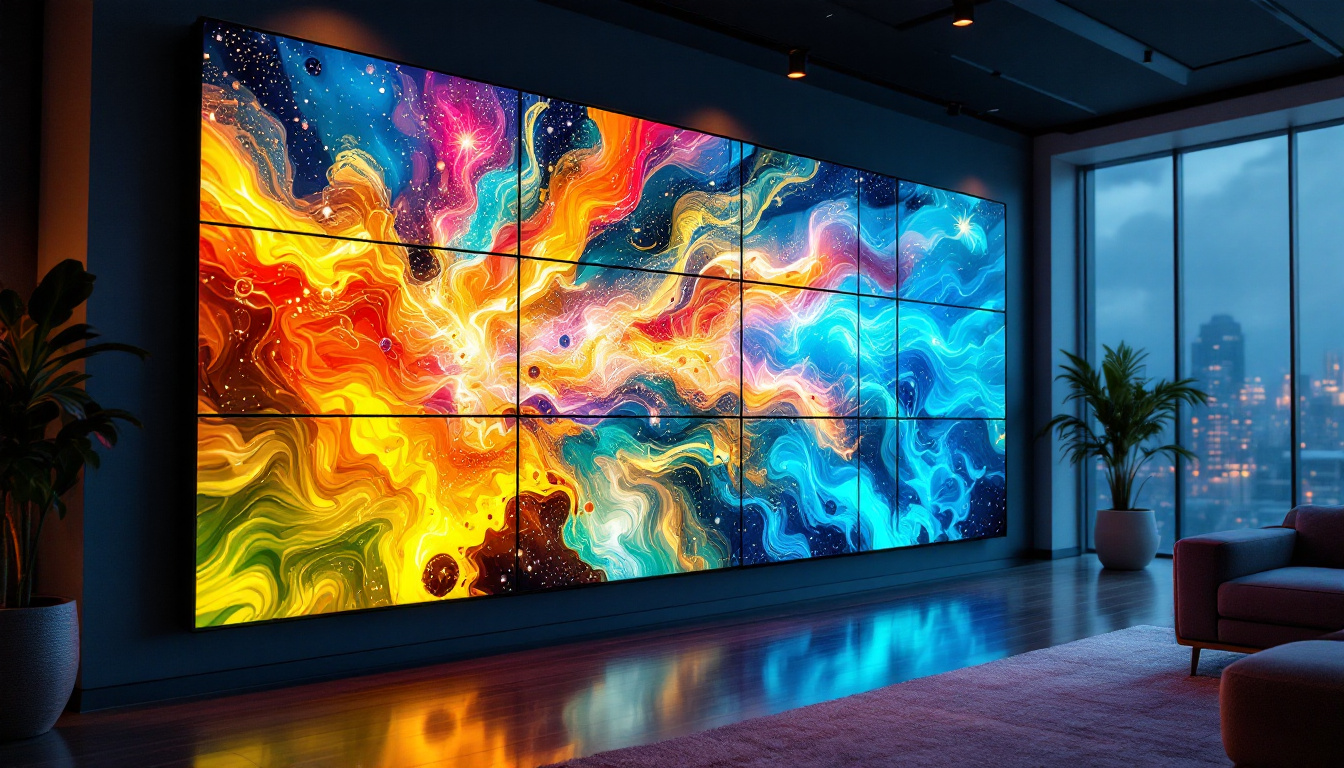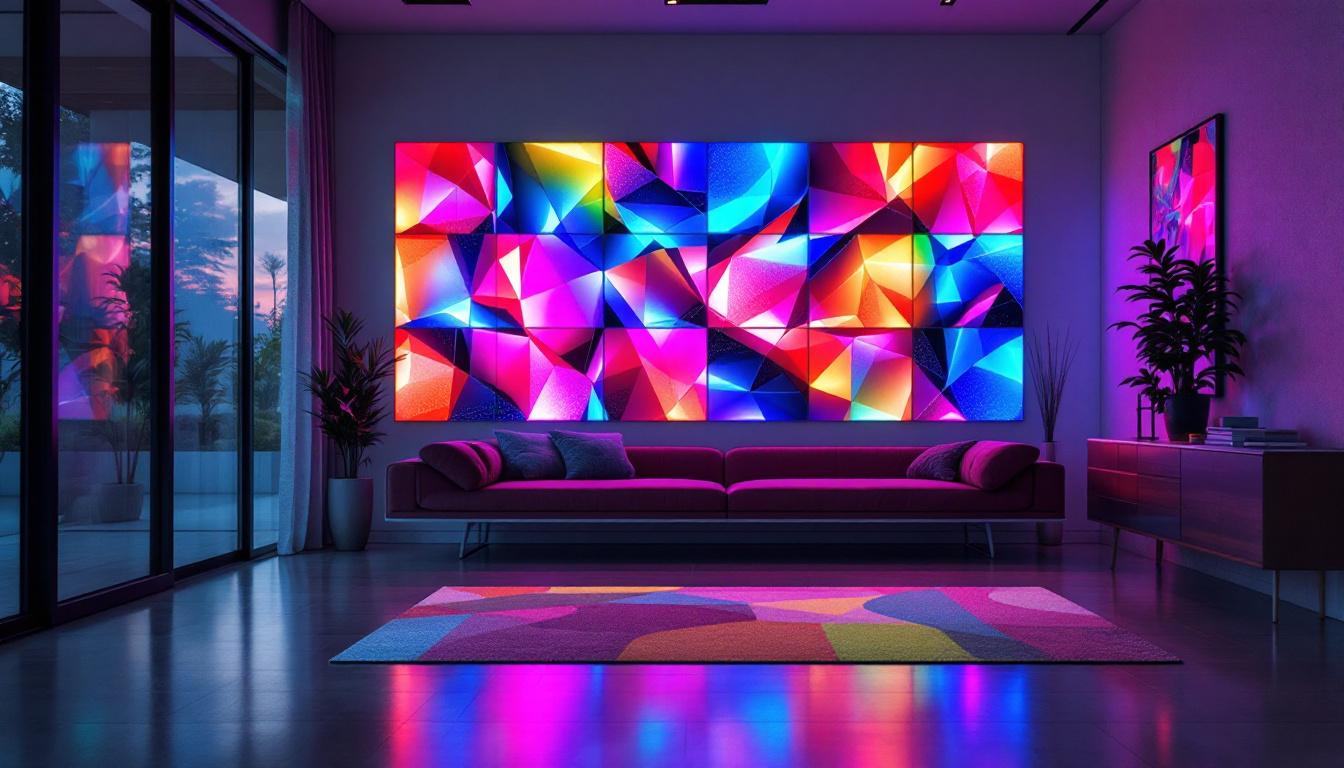In the realm of modern technology, the evolution of display systems has been nothing short of revolutionary. Among the various display technologies available today, plasma walls and LED displays stand out for their vibrant visuals and versatility. This article delves into the intricacies of plasma walls and LED displays, exploring their functionalities, advantages, and applications in various fields.
Understanding Plasma Walls
Plasma walls, often referred to as plasma display panels (PDPs), utilize a unique technology that allows for the creation of stunning images and videos. These displays are composed of thousands of tiny cells filled with noble gases, which, when electrically charged, produce light. This section will explore the fundamental aspects of plasma walls, including their construction, working principle, and advantages.
Construction of Plasma Displays
The construction of a plasma display involves multiple layers, including a glass substrate, electrodes, and phosphor coatings. The outer layer is typically made of glass, which protects the internal components while allowing light to pass through. Within the display, there are two glass panels separated by a narrow gap filled with a mixture of gases, primarily neon and xenon.
When an electric current is applied to the electrodes, the gas is ionized, creating plasma. This plasma emits ultraviolet light, which then interacts with the phosphor coatings on the interior surface of the display. The phosphors emit visible light in various colors, resulting in the vibrant images that plasma displays are known for.
How Plasma Displays Work
The operation of plasma displays is based on the principles of gas discharge and phosphorescence. Each pixel in a plasma display is made up of sub-pixels that correspond to the primary colors: red, green, and blue. By varying the intensity of the light emitted from each sub-pixel, a wide range of colors can be produced, allowing for high-quality images and videos.
One of the significant advantages of plasma displays is their ability to produce deep blacks and high contrast ratios. This is achieved through the complete shutdown of individual pixels, allowing for true black levels that enhance the overall picture quality. Additionally, plasma displays are known for their wide viewing angles, making them ideal for large spaces where viewers may be positioned at various angles.
Advantages of Plasma Displays
Plasma displays offer several advantages over traditional LCD and LED displays. One of the most notable benefits is their superior color reproduction. Plasma technology allows for a broader color gamut, resulting in more vibrant and lifelike images. Furthermore, plasma displays excel in motion handling, making them suitable for fast-paced video content, such as sports and action movies.
Another advantage is their ability to maintain consistent brightness levels across the entire screen, even in brightly lit environments. This characteristic makes plasma displays an excellent choice for public venues, such as airports and shopping malls, where ambient light can affect visibility.
Exploring LED Displays
LED displays, or light-emitting diode displays, have gained immense popularity in recent years due to their energy efficiency, slim design, and versatility. Unlike plasma displays, LED technology utilizes semiconductor diodes to produce light. This section will delve into the workings of LED displays, their types, and the benefits they offer.
How LED Displays Operate
LED displays operate on a straightforward principle: when an electric current passes through a semiconductor diode, it emits light. This technology can be used in various configurations, including individual LEDs arranged in a grid to form a larger display. The brightness and color of the emitted light can be controlled by adjusting the current flowing through each diode.
There are two primary types of LED displays: direct view and backlit. Direct view LED displays consist of an array of LEDs that create images directly, while backlit LED displays use LEDs to illuminate an LCD panel from behind. Each type has its unique advantages and applications, catering to different needs and environments.
Types of LED Displays
LED displays can be categorized into several types, each designed for specific applications. Some common types include:
- Indoor LED Displays: These displays are designed for use in enclosed spaces, such as conference rooms, retail stores, and entertainment venues. They typically offer high resolution and vibrant colors, making them ideal for advertising and presentations.
- Outdoor LED Displays: Built to withstand harsh weather conditions, outdoor LED displays are commonly used for billboards, sports arenas, and public events. They are designed with higher brightness levels to ensure visibility even in direct sunlight.
- Transparent LED Displays: These innovative displays allow for visibility through the screen while still showcasing content. They are often used in retail environments to create eye-catching displays without obstructing views.
Benefits of LED Displays
LED displays offer numerous benefits that contribute to their widespread adoption. One of the most significant advantages is their energy efficiency. Compared to traditional display technologies, LED displays consume less power, resulting in lower operating costs and a reduced environmental impact.
Additionally, LED displays are known for their longevity. With a lifespan that can exceed 100,000 hours, they require less frequent replacements, making them a cost-effective solution for businesses and organizations. Their lightweight and slim design also make installation and maintenance easier, further enhancing their appeal.
Comparing Plasma and LED Displays
While both plasma and LED displays have their unique advantages, they also have distinct differences that may influence the choice of technology for specific applications. This section will compare the two technologies in terms of performance, cost, and suitability for various environments.
Performance Comparison
In terms of performance, plasma displays excel in color accuracy and contrast ratios, making them ideal for cinematic experiences. They are particularly favored for watching movies and playing video games due to their ability to reproduce deep blacks and vibrant colors. However, plasma displays can suffer from burn-in issues, where static images can leave a permanent mark on the screen over time.
On the other hand, LED displays offer superior brightness levels and energy efficiency. This makes them more suitable for environments with high ambient light, such as outdoor venues or brightly lit rooms. Additionally, LED displays do not suffer from burn-in issues, which can be a significant advantage for applications that require static content to be displayed for extended periods.
Cost Considerations
When it comes to cost, plasma displays tend to be more affordable upfront compared to high-end LED displays. However, the overall cost of ownership should also be considered. LED displays, with their longer lifespan and lower energy consumption, may provide better long-term value despite a higher initial investment.
Moreover, the prices of both technologies can vary significantly based on the size, resolution, and features of the display. It is essential for businesses and consumers to evaluate their specific needs and budget constraints when making a decision.
Suitability for Different Environments
Choosing between plasma and LED displays often comes down to the intended use and environment. Plasma displays are well-suited for home theaters and controlled environments where color accuracy and contrast are paramount. They are ideal for media enthusiasts who prioritize picture quality above all else.
In contrast, LED displays are more versatile and can be used in a wide range of applications, from digital signage to large-scale outdoor displays. Their ability to maintain visibility in bright conditions makes them a popular choice for commercial and public spaces.
Applications of Plasma and LED Displays
The applications of plasma and LED displays are vast and varied. From entertainment to advertising, these technologies have found their way into numerous industries. This section will explore some of the most common applications for both display types.
Entertainment and Media
In the entertainment industry, both plasma and LED displays are extensively used for various purposes. Plasma displays are often found in home theaters, providing an immersive viewing experience for movies and video games. Their superior color reproduction and contrast make them a favorite among cinephiles.
LED displays, on the other hand, are prevalent in concert venues, theaters, and sports arenas. They are used for large-scale video screens, providing audiences with dynamic visuals and information. Additionally, LED technology is often employed in digital billboards and advertising displays, allowing for eye-catching promotions in high-traffic areas.
Corporate and Educational Settings
In corporate environments, both plasma and LED displays are used for presentations, video conferencing, and digital signage. Plasma displays are often chosen for conference rooms where high-quality visuals are essential for effective communication. Meanwhile, LED displays are utilized for digital signage in lobbies and waiting areas, providing information and branding opportunities.
In educational settings, LED displays are increasingly being adopted for classrooms and auditoriums. Their ability to provide clear visuals in well-lit environments makes them ideal for teaching and presentations. Additionally, interactive LED displays are becoming popular for engaging students in collaborative learning experiences.
Retail and Advertising
Retail environments have embraced both plasma and LED displays for advertising and promotional purposes. Plasma displays are often used for in-store displays, showcasing products and advertisements with stunning visuals. However, LED displays have become the go-to choice for digital signage due to their versatility and ability to capture attention in crowded spaces.
From large outdoor billboards to smaller in-store displays, LED technology allows retailers to change content quickly and efficiently, adapting to seasonal promotions and trends. This flexibility has made LED displays an essential tool for modern marketing strategies.
The Future of Display Technology
As technology continues to advance, the future of display systems looks promising. Innovations in both plasma and LED technologies are expected to enhance performance, efficiency, and versatility. This section will explore potential trends and developments in display technology.
Emerging Technologies
One of the most exciting developments in display technology is the rise of OLED (Organic Light Emitting Diode) displays. OLED technology offers many advantages over traditional LED and plasma displays, including thinner designs, improved color accuracy, and better contrast ratios. As OLED technology becomes more affordable, it is likely to gain traction in both consumer and commercial markets.
Additionally, advancements in microLED technology are also on the horizon. MicroLED displays consist of tiny individual LEDs that can be used to create high-resolution images with exceptional brightness and color accuracy. This technology has the potential to revolutionize the display industry, offering an alternative to both plasma and traditional LED displays.
Sustainability and Energy Efficiency
As environmental concerns continue to grow, the display industry is also focusing on sustainability. Future display technologies are expected to prioritize energy efficiency and eco-friendly materials. Manufacturers are increasingly looking for ways to reduce the environmental impact of production and disposal processes, making sustainability a key factor in the development of new display technologies.
Moreover, the integration of smart technology into displays is likely to become more prevalent. Smart displays that can connect to the internet and utilize data analytics for content management will enhance the functionality and effectiveness of digital signage in various applications.
Conclusion
In conclusion, both plasma walls and LED displays offer unique advantages and applications that cater to different needs and environments. While plasma displays are celebrated for their superior color accuracy and contrast, LED displays have emerged as versatile, energy-efficient solutions for a wide range of applications. Understanding the strengths and limitations of each technology is crucial for making informed decisions in an increasingly digital world.
As technology continues to evolve, the future of display systems promises exciting innovations that will further enhance visual experiences across various industries. Whether for entertainment, corporate use, or advertising, the right display technology can make a significant impact, transforming how information is presented and experienced.
Discover LumenMatrix’s Innovative LED Display Solutions
Ready to elevate your visual experience with the latest in display technology? Look no further than LumenMatrix, a pioneer in crafting LED display modules that bring your brand to life. Whether you’re in need of an Indoor LED Wall Display for your corporate headquarters, an Outdoor LED Wall Display for impactful advertising, or any of our other dynamic solutions like Vehicle, Sports, or Floor LED Displays, LumenMatrix has you covered. Embrace the future of visual communication and captivate your audience with unparalleled clarity and engagement. Check out LumenMatrix LED Display Solutions today and see the difference cutting-edge technology can make.




